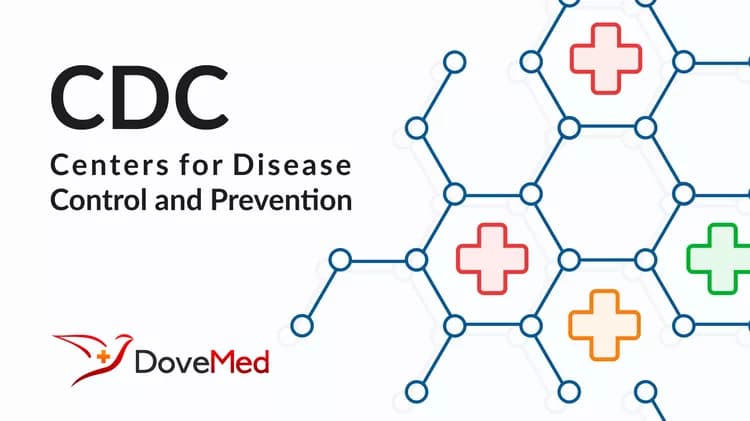
HIV Infections in U.S. Newborns Decline 80 Percent Since 1991
HIV Infections in U.S. Newborns Decline 80 Percent Since 1991
Growing population of infected women
presents prevention challenge
BARCELONA, Spain - CDC researchers report an estimated 80 percent decline in the number of infants born with HIV infection in the United States during the last decade. This decline, presented this week at the XIV International AIDS Conference by Patricia Fleming, Ph.D., and colleagues, represents a tremendous success in reducing the toll of HIV infection in the United States. However, study authors stress that, despite this progress, eliminating mother-to-child HIV transmission will prove increasingly difficult as the number of women living with HIV infection in the U.S. continues to grow.
"This dramatic reduction in the number of HIV infections in newborns clearly demonstrates remarkable progress," states Harold Jaffe, M.D., acting director of CDC's HIV, STD, and TB prevention programs. "However, we must continue our efforts to extend these successes in the U.S. and continue to emphasize the urgent need for perinatal prevention in the developing world."
The CDC study estimates that 280 to 370 infants were born infected with HIV in the United States in 2000. The figure represents a 79 percent to 84 percent decrease from the peak rate of infections in 1991, estimated at 1,760 infants. Fleming attributes this decline to increases in voluntary HIV counseling and testing of pregnant women and the use of antiretroviral therapies to greatly reduce the rate of mother-to-child HIV transmission.
Fleming also estimates that approximately 129,500 to 135,300 women, ages 13 to 44 years, were living with HIV infection in 2000. In comparison, in 1991, CDC estimated that about 80,000 HIV-infected women were of childbearing age. The new estimate is based on analyses of HIV and AIDS diagnoses in the 25 states with longstanding HIV and AIDS reporting, AIDS prevalence in all states and territories, and data collected on mother-infant pairs in a seven-state study.
To determine rates of HIV infection among infants born in the United States, researchers first used birth-rate data from previous studies to determine the number of infants born to HIV-positive mothers: estimated to be between 6,075 and 6,422 infants in 2000. The time of each mother's diagnosis - i.e., before, during, or after childbirth - and the level of antiretroviral therapy provided to mothers and their infants were then used to estimate the number of exposed infants who became infected.
Domestic and international trials have documented the safety and efficacy of antiretroviral therapy for preventing mother-to-child transmission. Risk of transmission ranges from two percent for mothers diagnosed before birth and receiving multidrug antiretroviral therapies to 25 percent for mothers diagnosed after giving birth with no preventive treatment.
Such advances in treatment have prolonged the lives of many people living with HIV infection, and this, combined with relatively stable HIV incidence during the past decade, has resulted in a steadily growing number of individuals, including women of childbearing age, living with HIV in the United States.
According to Fleming, even if every HIV-infected mother were diagnosed before giving birth and received the optimal antiretroviral therapy, an estimated 120 to 130 infants would still be born with HIV infection each year. Since the preventive regimens are not 100 percent effective, even if all HIV-infected pregnant women could be reached with early testing and treatment, newborn infections could not be eliminated without even more effective treatments and expanded HIV prevention for women.
"Unless we can reduce the number of new infections in women, it will be difficult to achieve further reductions in newborn infections," states Fleming. "The simple fact is that the best way to prevent new infections in babies is to prevent infections in women."
Abstract TuPeC4773, "Perinatal HIV in the US: how many new infections are we talking about?" Poster, Tuesday, 9 July 2002.
Related Articles
Test Your Knowledge
Asked by users
Related Centers
Related Specialties
Related Physicians
Related Procedures
Related Resources
Join DoveHubs
and connect with fellow professionals

0 Comments
Please log in to post a comment.